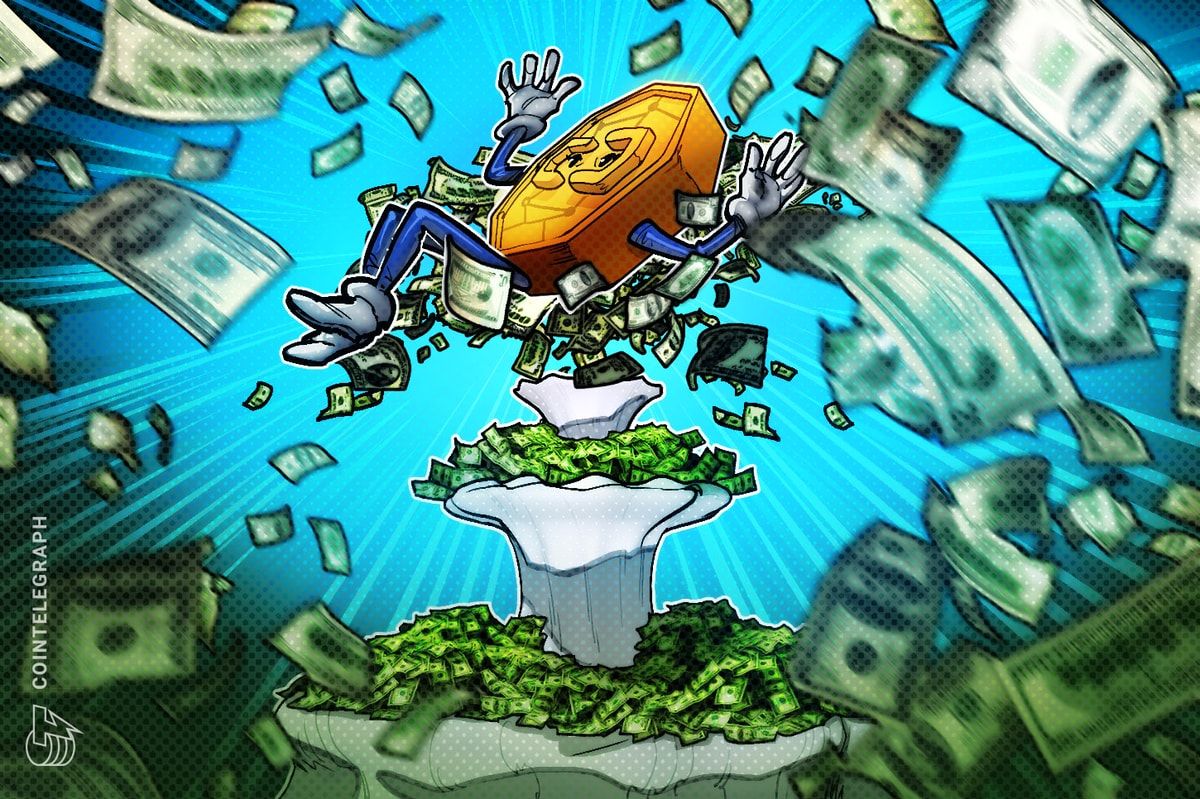After over 13 years of ups and downs, this year stands out for having the most turbulent bear market in the history of crypto. Owing to a mix of factors — that include regulatory clearances across the globe and improved credibility among projects that survived the bear market — the world of crypto marked numerous milestones this year.
However, certain events in 2022 could raise goosebumps on the toughest diamond hands out there. Moreover, it was impressive to see crypto projects, in many cases helping each other, bounce back through an era of uncertainty.
Acknowledging the spookiest events this Halloween, we list the scariest events that shook the crypto ecosystem, leaving a significant impact on investors, businesses, entrepreneurs, miners and developers.
The key driver for the following list is widely attributed to the highly volatile time frame and geopolitical uncertainties, which saw the price fall across all sectors.
The extended crypto crash: Fear of the bears
The year 2022 inherited a turbulent crypto market, which started off slowly crashing in November 2021. As a result, immense fear and uncertainty gloomed across the crypto ecosystem right from the start of the year.
The bear market ate away more than $1 trillion from the crypto market — bringing down the overall market cap from over $2.5 trillion to under $1 trillion in a few months.
The 2022 crypto crash scared investors as it drained out profits from all sub-ecosystems, including Bitcoin (BTC), cryptocurrencies, nonfungible tokens (NFTs), and decentralized finance (DeFi), among others.
The loss was felt both ways. While the price depreciation translated to investors losing a part of their life savings, businesses were struggling to stay open amid massive sell-outs and a lack of investments.
The scary instability of algorithmic stablecoins
The Terra ecosystem collapse is widely considered to be the biggest financial catastrophe ever witnessed in crypto by a single entity, and rightfully so. The two in-house offerings from Terra Labs destabilized and almost instantaneously lost their market value.
In the early days of the crash, Terra co-founder Do Kwon was found publicly discussing ways to help investors recoup losses. Binance CEO Changpeng Zhao suggested burning LUNC tokens to reduce the token’s total supply and improve its price performance.
Shortly after, as regulatory scrutiny started building up against Terra’s operations, Kwon decided to go incognito, with his exact whereabouts unknown.
Numerous entities — including disgruntled investors, South Korean authorities and a Singaporean lawsuit — are still in pursuit of Kwon, despite his comments to the contrary.
I am not “on the run” or anything similar - for any government agency that has shown interest to communicate, we are in full cooperation and we don’t have anything to hide
— Do Kwon (@stablekwon) September 17, 2022
However, Kwon maintains that he’s not “on the run” and plans to come out with the truth in the near future. The whole incident highlighted the risks related to the peg mechanisms of algorithmic stablecoins.
Similarly, stablecoin Acala USD (aUSD) lost its peg in August 2022 after a protocol exploit caused an erroneous minting of 3.022 billion aUSD. A subsequent decision to burn the tainted tokens was made in order to regain their dollar value. Given the numerous other examples of stablecoin crashes, draft legislation in the United States House of Representatives called to criminalize the creation or issuance of “endogenously collateralized stablecoins.”
Sweeping layoffs and job cuts
The burden of losses was also shared by some crypto companies’ ex-employees. Prominent players including Robinhood, Bitpanda and OpenSea announced massive layoffs, owing to reasons that circle back to surviving the bear market.
Today is a hard day for OpenSea, as we’re letting go of ~20% of our team. Here’s the note I shared with our team earlier this morning: pic.twitter.com/E5k6gIegH7
— Devin Finzer (dfinzer.eth) (@dfinzer) July 14, 2022
On the other hand, crypto exchanges such as FTX and Binance showcased resilience to price volatility and continued their hiring spree to support the ongoing expansion drive.
We are hiring, aggressively.
— CZ Binance (@cz_binance) May 17, 2022
Find where to apply yourself. It’s the first test/filter.
Crypto organizations that chose to lay off employees did it to cut operational costs and wind down loss-making components.
More recently, it was found that over 700 tech startups have experienced layoffs this year, impacting at least 93,519 employees globally. However, the tech community — from both crypto and non-crypto sectors — has been found migrating into Web3.
Crypto hacks: Humans are the real monsters
One of the more visible problems engulfing crypto such as hacks and scams just got bigger in 2022. Hackers drained out millions of dollars worth of crypto by exploiting vulnerabilities present in poorly vetted crypto projects.
A strategy that was widely opted by the hacked projects this year was to offer the hacker a pink slip for returning a part of the loot. In the case of Transit Swap, a decentralized exchange aggregator, the hacker agreed to return around 70% (roughly $16.2 million) of the stolen $23 million fund.
Updates about TransitFinance
— Transit Swap | Transit Buy | NFT (@TransitFinance) October 2, 2022
1/5 We are here to update the latest news about TransitFinance Hacking Event. With the joint efforts of all parties, the hacker has returned about 70% of the stolen assets to the following two addresses:
While some hackers chose to return a part of the funds in exchange for immunity against prosecution, other projects such as Kyber Network and Rari Fuze have not been successful in pursuing their respective hackers to return the stolen funds.
This year also was witness to a spike in the number of phishing attempts, where hackers managed to access social media accounts of prominent figures, such as the South Korean government’s YouTube channel, Indian Prime Minister Narendra Modi’s Twitter account, and PwC Venezuela’s Twitter account to shill fake giveaways to millions of followers.
Governments across the world consistently issued warnings against phishing attempts involving fraudulent apps and websites impersonating prominent crypto exchanges like Binance.
Resurrection overdue: NFTs, Web3 and the metaverse
Talks around nonfungible tokens (NFTs), Web3 and the metaverse took over the crypto ecosystem by storm, promising virtual use cases that extend into the real world. Celebrities, actors, musicians and artists catalyzed adoption by using the budding technologies as tools to reconnect with fans or simply inflate their own wealth.
The NFT hype was officially declared dead in July 2022 when daily sales recorded yearly lows as investors that recently suffered losses refrained from stepping on the seemingly sinking ship.
Despite the nosedive statistics, the NFT ecosystem saw support from some of the biggest celebrities, which include musicians Snoop Dogg and Eminem, tennis legend Maria Sharapova and professional fighters Connor McGregor and Floyd Mayweather.
The decreasing interest in NFTs translated into a lack of investments in newer projects building use cases around Web3 and the metaverse. Meta, arguably the biggest contender in the metaverse, has plans to pump $10 billion every year into its project. However, an unclear roadmap and uncertain revenue streams plague the ecosystem from attaining mainstream acceptance.
Setting aside the fear, the biggest lesson that the spookiest events in the crypto showcase is the need to do independent research before making any investments. Past mistakes — such as investing in an unvetted project, trusting unknown sources and sharing private information over the web — will come back to haunt you.
This Halloween, Cointelegraph wishes you pumpkin spice and everything nice. Visit Cointelegraph to stay up-to-date with the most important developments in crypto.











